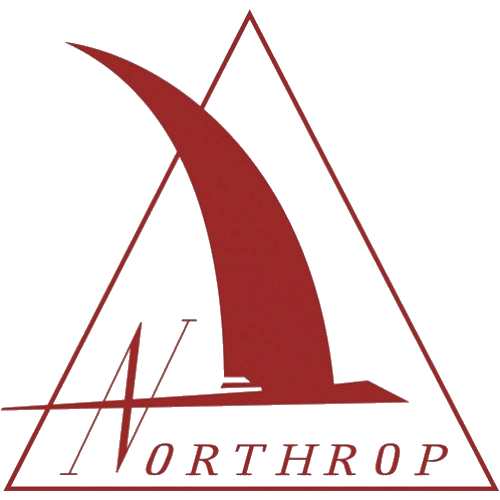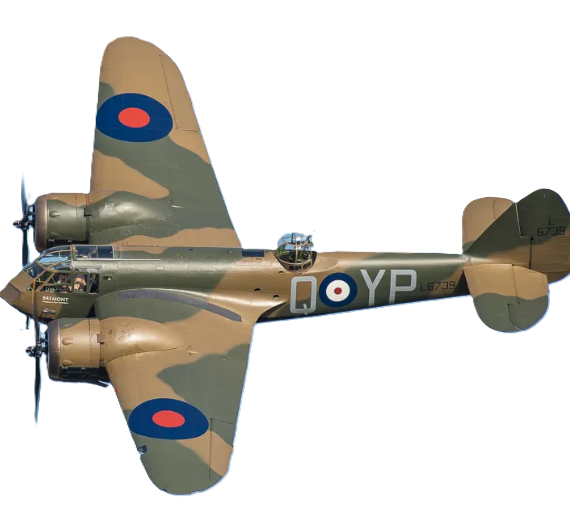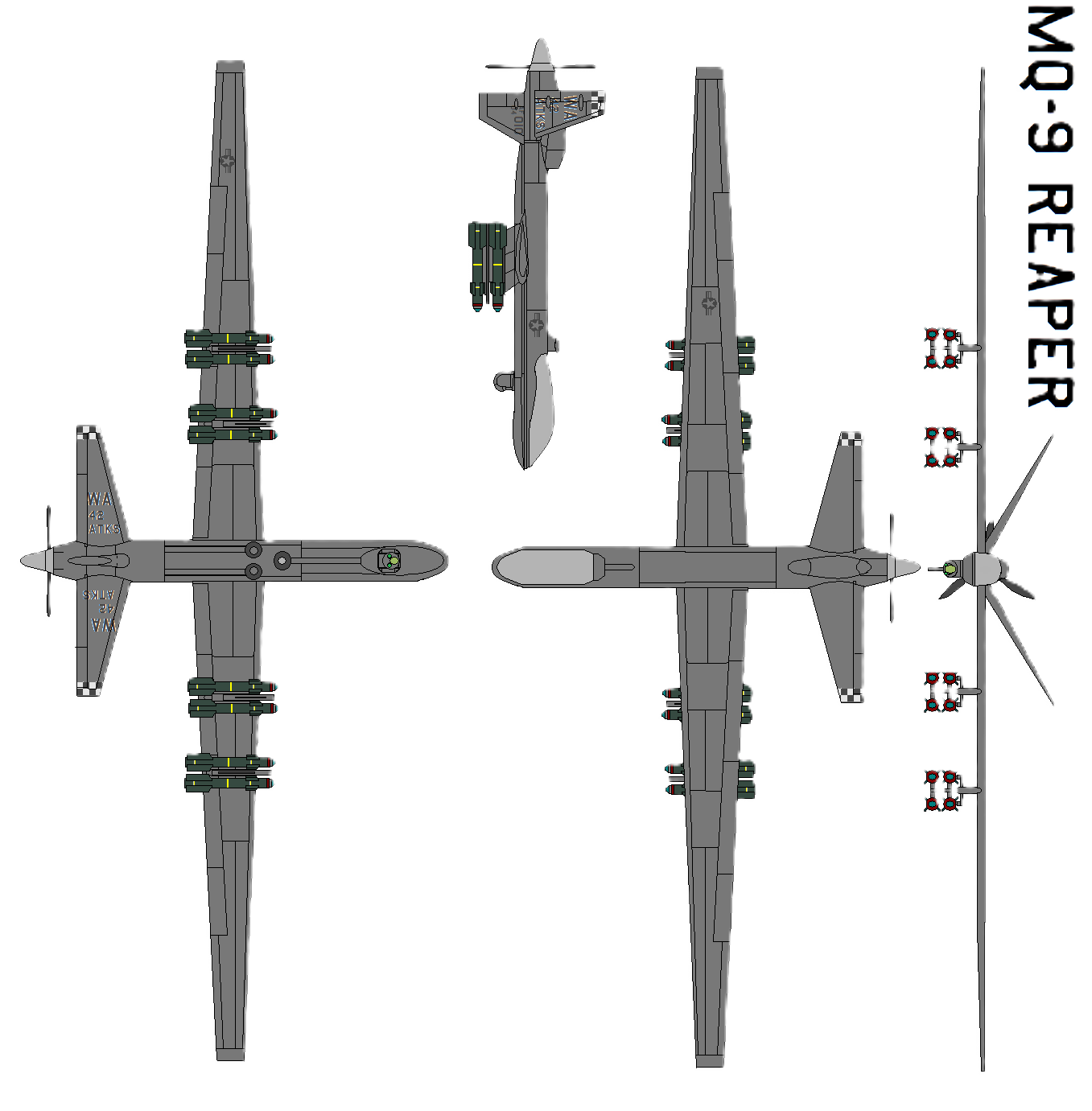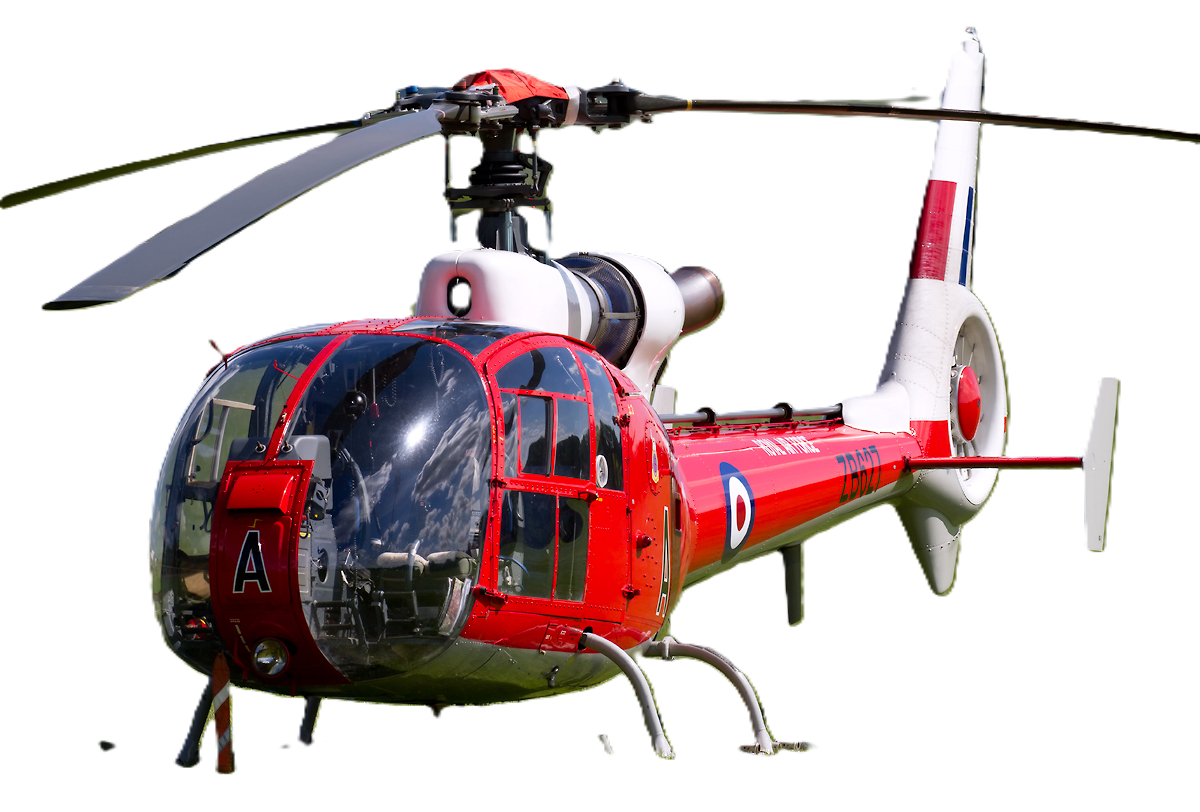Northrop Grumman MQ-4C Triton
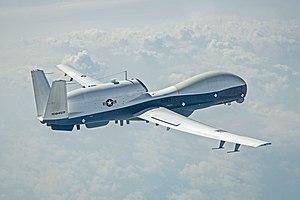 |
|
| An MQ-4C conducting a test flight | |
| Role | Maritime unmanned surveillance and reconnaissance aerial vehicle and patrol aircraft |
|---|---|
| National origin | United States |
| Manufacturer | Northrop Grumman |
| First flight | 22 May 2013 |
| Introduction | May 2018 |
| Status | Limited service |
| Primary users | United States Navy Royal Australian Air Force |
| Number built | US: 68 (planned) + 2 prototypes Australia: 4 ordered (up to 7 planned) |
| Developed from | Northrop Grumman RQ-4 Global Hawk |
.
History Northrop Grumman MQ-4C Triton
Unmanned Aircraft System
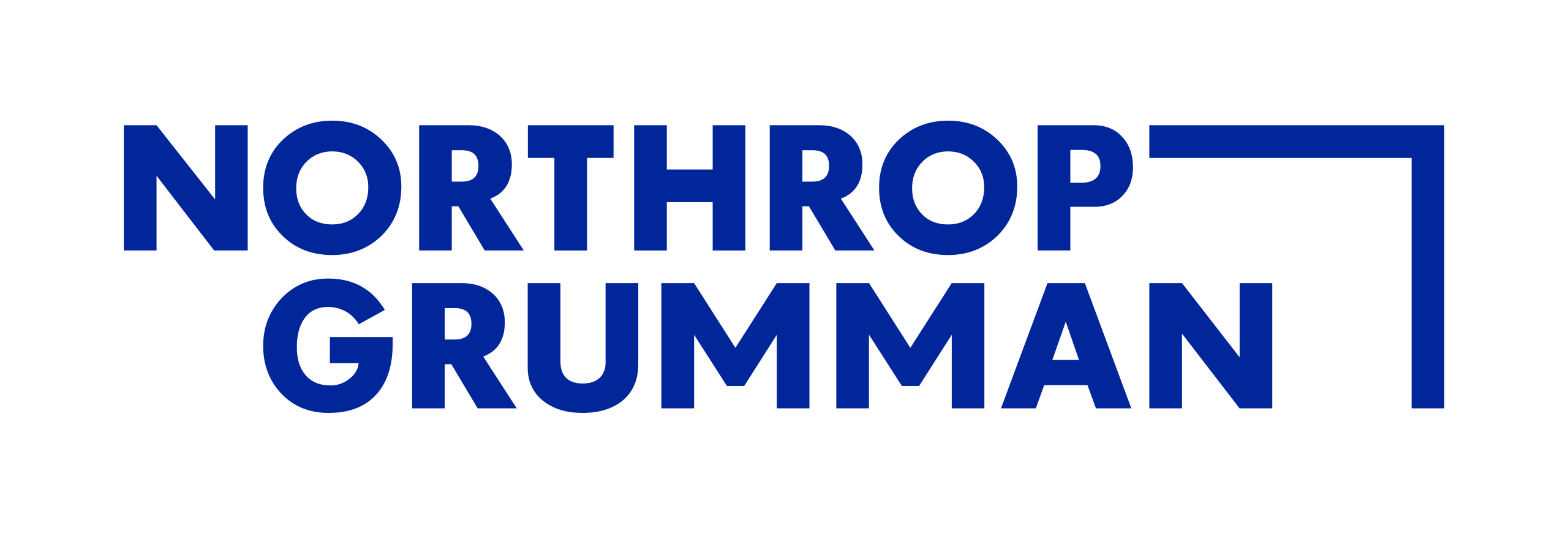
The Northrop Grumman MQ-4C Triton is an American high-altitude long endurance unmanned aerial vehicle (UAV) developed for and flown by the United States Navy as a surveillance aircraft. Together with its associated ground control station, it is an unmanned aircraft system (UAS). Developed under the Broad Area Maritime Surveillance (BAMS) program, the Triton is intended to provide real-time intelligence, surveillance and reconnaissance missions (ISR) over vast ocean and coastal regions, continuous maritime surveillance, conduct search and rescue missions, and to complement the Boeing P-8 Poseidon maritime patrol aircraft
Triton builds on elements of the RQ-4 Global Hawk; changes include reinforcements to the airframe and wing, de-icing systems, and lightning protection systems. These allow the aircraft to descend through cloud layers to gain a closer view of ships and other targets at sea. The sensor suites help track ships by gathering their speed, location, and classification
Key features

- Provides persistent maritime ISR 24 hours/7 days per week with 80% Effective Time on Station (ETOS)
- AN/ZPY-3 Multi-Function Active Sensor (MFAS) with active electronically scanned array
- Land-based air vehicle and sensor command and control
- 51,000-hour airframe life
- Due regard radar for safe separation
- Commercial off-the-shelf open architecture mission control system
- Net-ready interoperability solution (systems working together)
- Communications bandwidth management
- Dual redundant flight controls and surfaces
- Afloat Level II payload sensor data via line-of-sight[
0
KmCeiling
0
KmCombat RANGE
0
MachAircraft Speed
0
Max Crew
Photo Gallery
Northrop Grumman MQ-4C Triton
MQ-4C Triton Unmanned Aircraft System


Northrop Grumman
MQ-4C Triton Unmanned Aircraft Systemn
General Info
-
- Crew: Unmanned – 4 personnel fly aircraft from ground station
- Length: 47 ft 7 in (14.5 m)
- Wingspan: 130 ft 11 in (39.9 m)
- Height: 15 ft 5 in (4.6 m)
- Empty weight: 14,945 lb (6,781 kg)
- Gross weight: 32,250 lb (14,630 kg)
Powerplant
- Powerplant: 1 × Rolls-Royce AE 3007 turbofan engine, 6,495–8,917 lbf (28.89–39.66 kN) thrust
Performance
- Maximum speed: 357 mph (575 km/h
- Range: 9,400 mi (15,200 km,
- Endurance: 30 hours
- Service ceiling: 56,000 ft (17,000 m)
.
Links to Youtube & Others
The endurance of the Triton means that it can stay airborne for longer than a traditional aircraft where the pilot is inside. The Triton will be flown by qualified Air Force pilots from a ground station, supported by a co-pilot.
Northrop Grumman MQ-4C Triton
The Triton platform has been under development by the United States Navy since 2008. It builds on elements of the Global Hawk UAS, with reinforcements to the airframe and wing.
Youtube Link
Information gathered by the Triton will be analysed and communicated by operational staff such as: aircrew intelligence operations and administration officers engineers logisticians.
